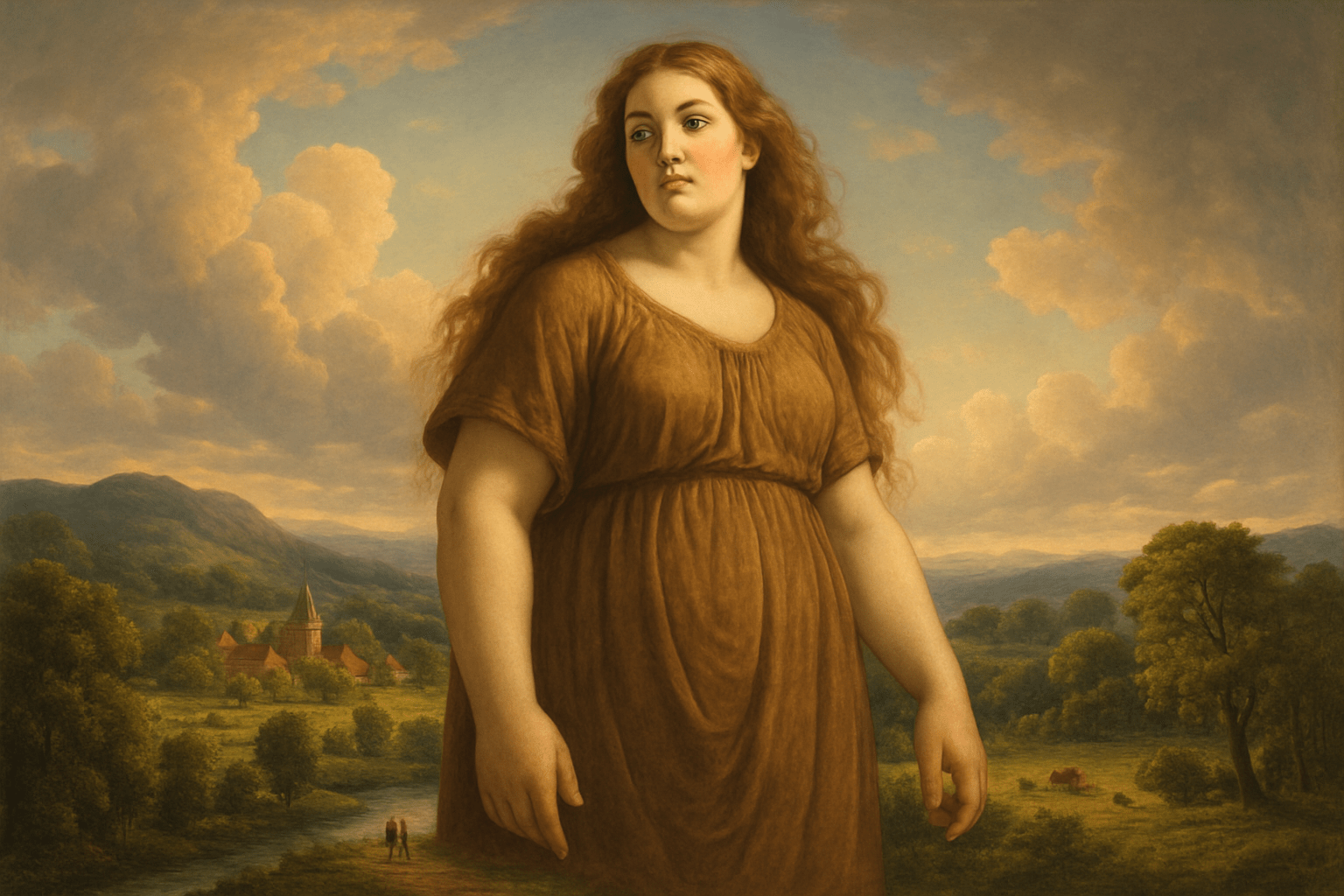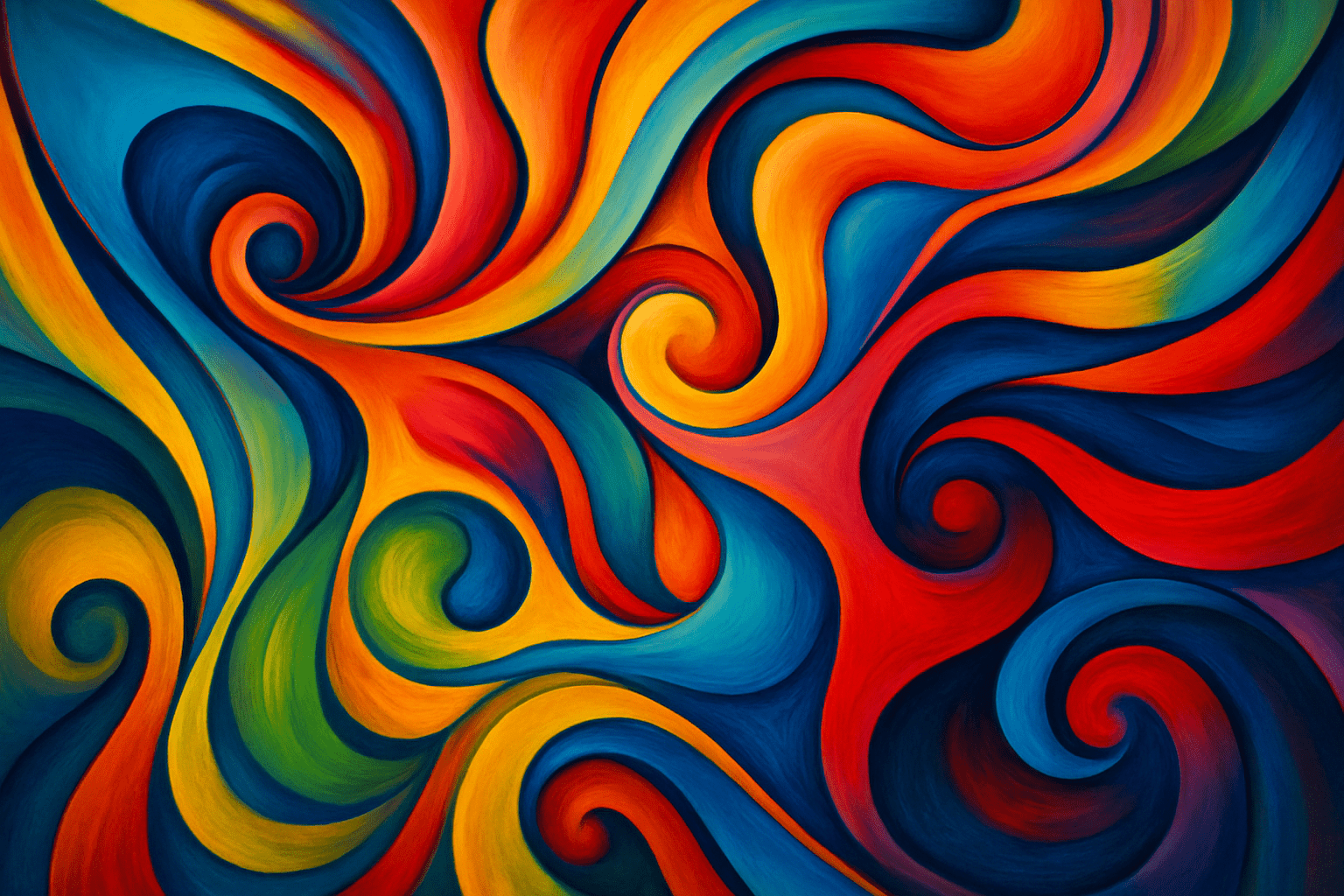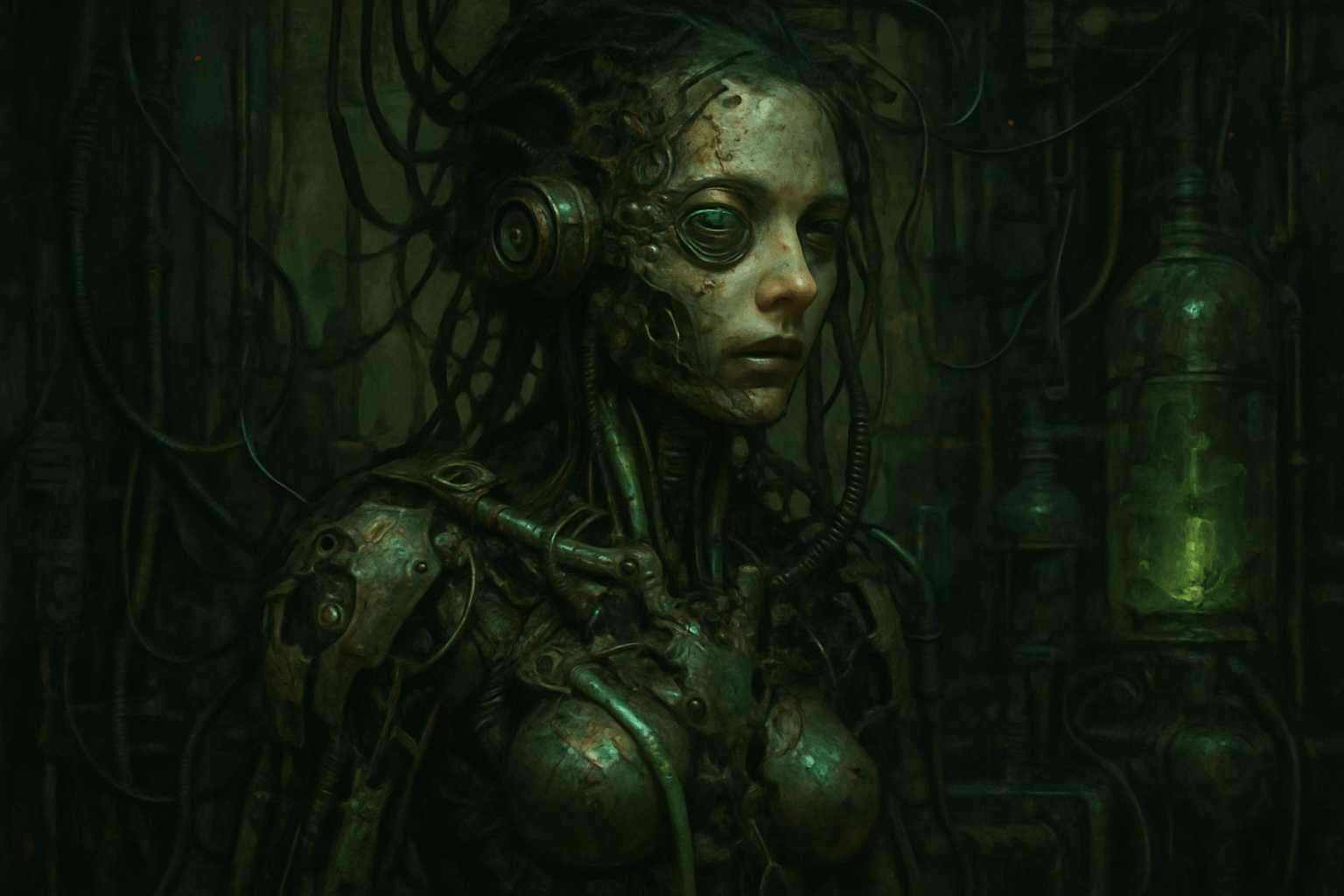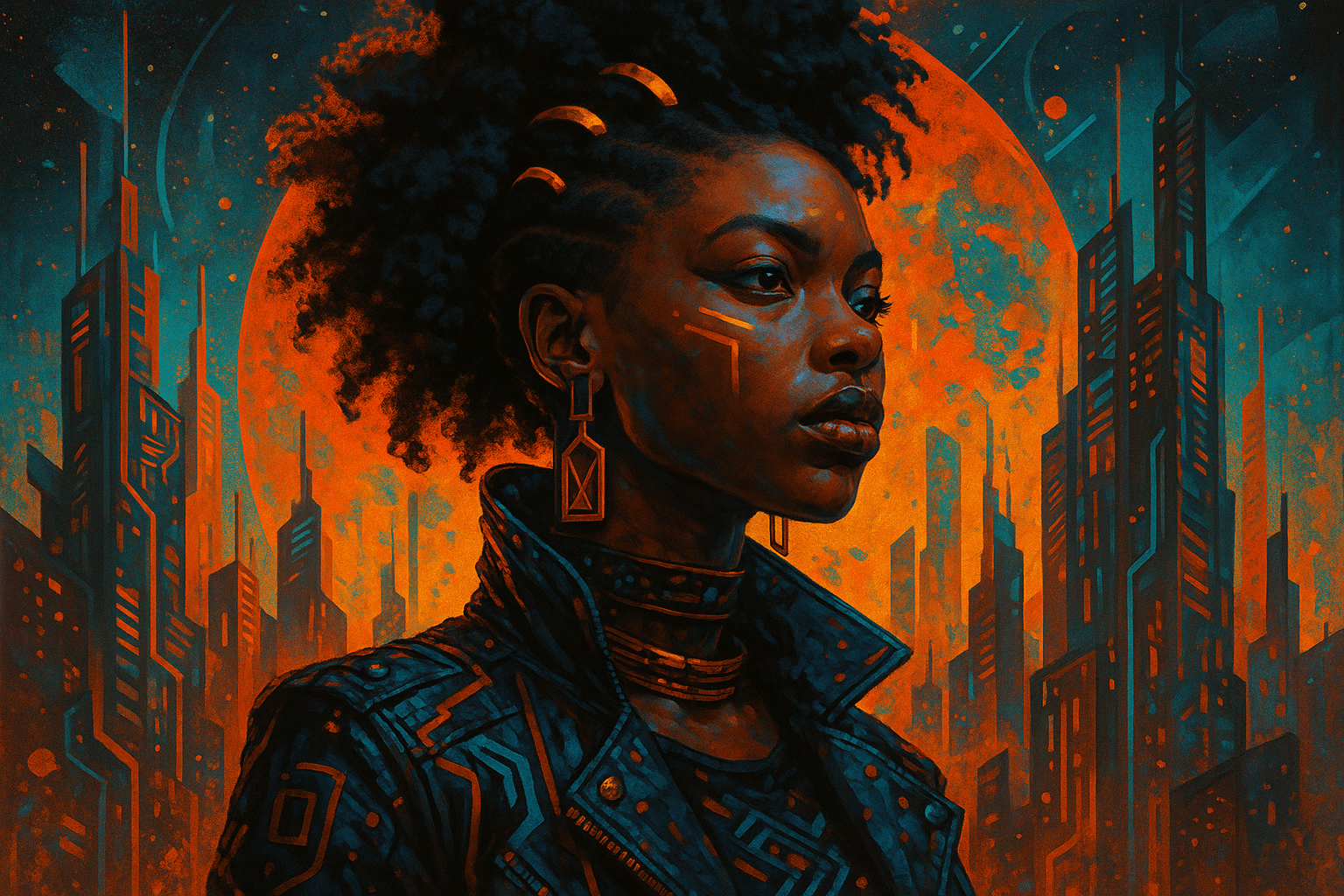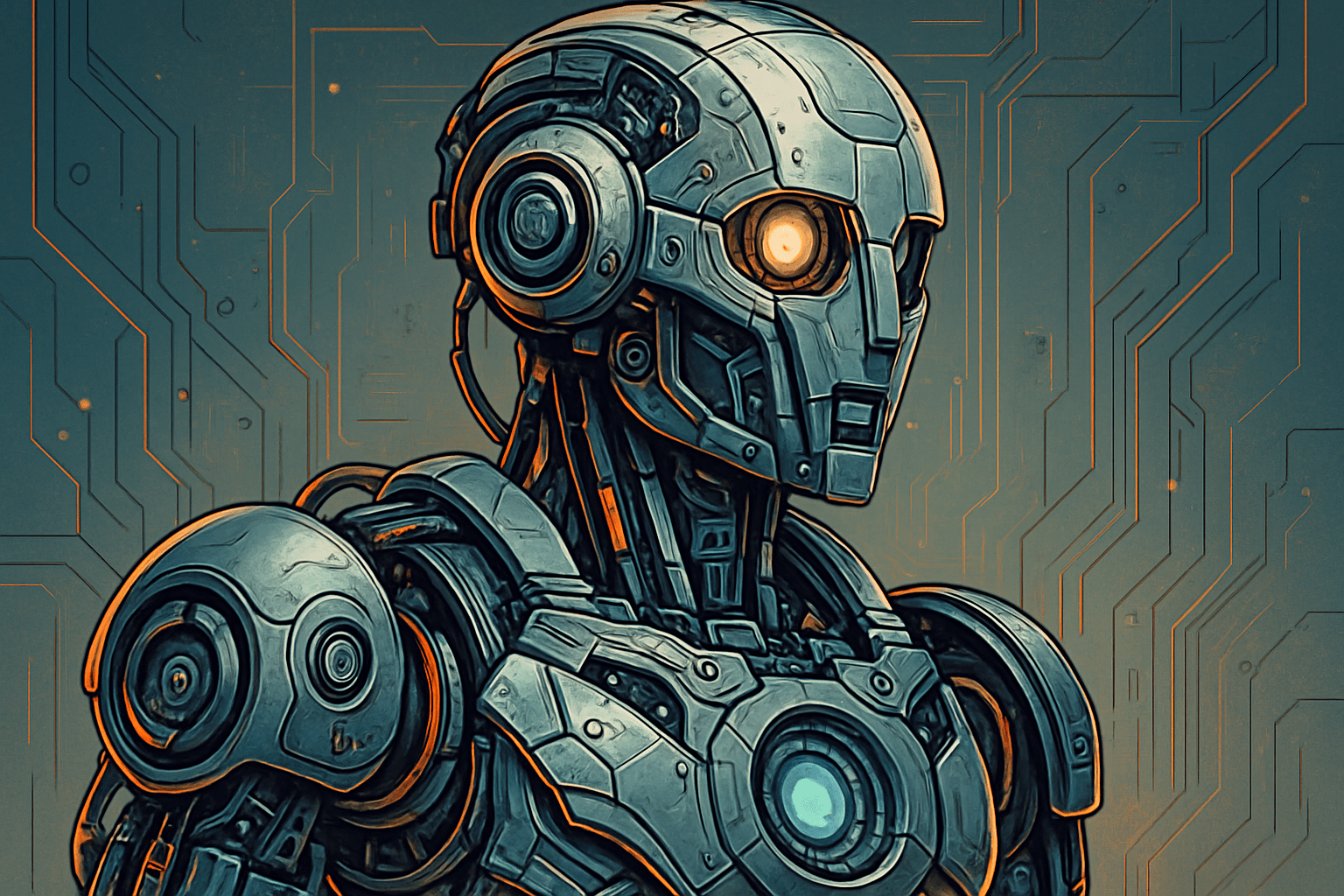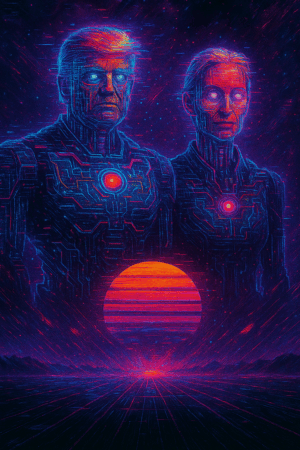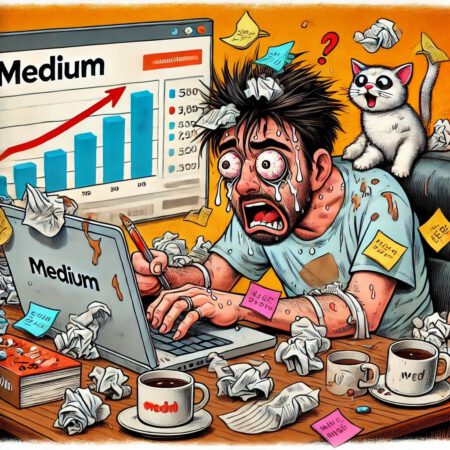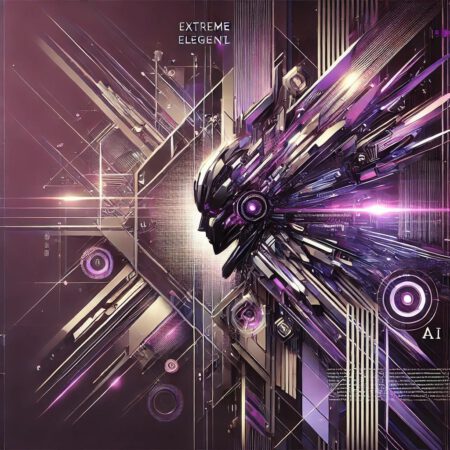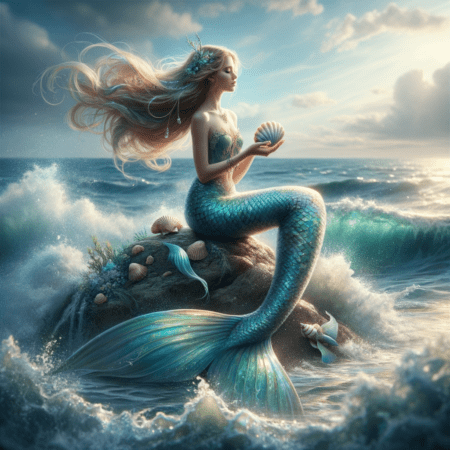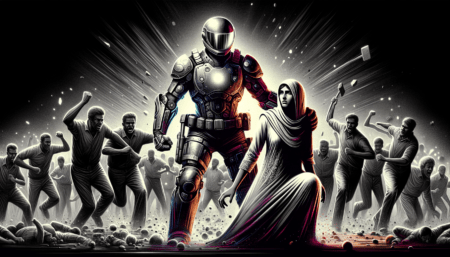Art movements are collective titles that are given to different styles of art that share similar philosophies or ideals. These styles can be seen throughout history, as artists have produced art in a variety of media following different art movements. Although art movements can be helpful in understanding different styles of art, they can also be reductive, as each artist has their own unique style.
In the following a list of 20 important modern art styles is given, which will yield very good visual results, when these styles are used in prompts (inputs) for art generation.
our selection of 20 important modern art styles useable as input prompts
Our selection of the 20 important modern art styles:
- Abstract Expressionism
- Action painting
- Cubism
- Dada
- De Stijl
- Futurism
- Impressionism
- Post-Impressionism
- Pre-Raphaelitism
- Suprematism
- Surrealism
- Symbolism
- The Bauhaus
- The Fluxus Movement
- The New York School
- The Situationist International
- Pop Art
- Op Art (also optical art)
- Minimalism
- Conceptual Art
modern art styles
“Modern art” is a term used to describe the art produced from the late 19th century until the present day. The term is usually used to refer to art made in Europe and the Americas, but can also include art from other parts of the world.
Modern art styles are characterized by a rejection of traditional values in favor of more experimental, individualistic approaches. This can be seen in the work of artists such as Pablo Picasso, who broke away from traditional ideas about perspective and representation in his Cubist paintings. The development of modern art was closely linked to the Industrial Revolution and the rise of urbanization. These new conditions created a need for new types of art that could capture the experience of modern life.
The invention of photography also played a role in the development of modern art, as artists began to experiment with ways to incorporate this new medium into their work. The rise of modernism in the late 19th and early 20th centuries was also closely linked to social and political changes. The modernist movement was marked by a rejection of traditional values and conventions, and an embrace of progress and change. This was reflected in the art of the time, which sought to capture the energy and dynamism of the modern world. Today, modern art styles continue to evolve and change. Artists are constantly pushing boundaries and experimenting with new techniques and media. As our world changes, so does our art.
ARTIFICIAL intelliegence and modern art styles
In the past decade, there has been an explosion of interest in artificial intelligence (AI) and its potential to change the world as we know it. One area that has been particularly impacted by AI is the world of art.
There are now numerous examples of AI-generated art, ranging from simple images created by algorithms to complex pieces that have been composed by AI systems. This new form of art is having a significant impact on the world of contemporary art, as it challenges traditional ideas about what art is and how it should be created. One of the most notable examples of AI-generated art is Google’s DeepDream project.
DeepDream is a neural network that was trained on a dataset of images from the ImageNet database. The aim of the project was to create images that the neural network would find interesting. The results were often surreal and bizarre, with the neural network creating images that were not recognisable as anything from the real world. However, many people found these images to be fascinating and they quickly went viral online. DeepDream was just one early example of AI-generated art.
Since then, there have been many other examples of AI-created art, including paintings, music, and even poetry. This new form of art is often created by algorithms that are designed to explore the creative potential of AI. Some people have hailed AI-generated art as a new form of creativity that could change the way we think about art. Others have been more critical, arguing that AI-generated art is nothing more than a gimmick. However, there is no doubt that AI-generated art is having a significant impact on the world of modern and contemporary art.

